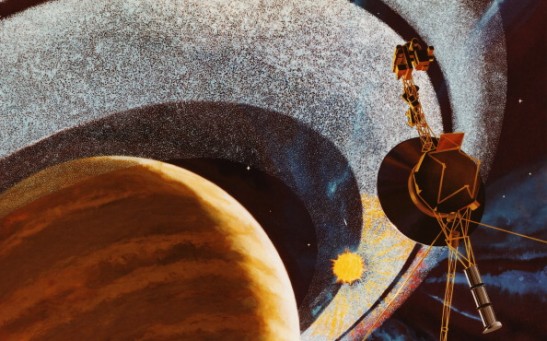Exoplanets

NASA Confirms Epsilon Eridani System Has A Remarkable Similarity To Our Solar System

Super-Earth Exoplanet Best Candidate In Search For Signs Of Life

Venus’ Rocky Exoplanet Twin Discovered Near Dim Home Star; Key to Finding Other Habitable Planets?
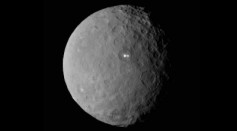
Are Ceres' Bright Spots Signs of Alien Life? NASA Wants You to Weigh In
Scientists Catch Light Bouncing Off Exoplanet

The Hunt is On for Exomoons That May Harbor Life
Star Wars Tatooine Planet May Be Common
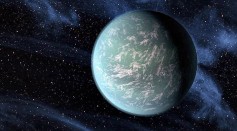
Planets Outside Our Solar System May Be More Hospitable to Life Than Originally Believed
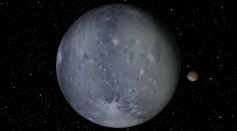
Could More Dwarf Planets Lie Beyond Pluto
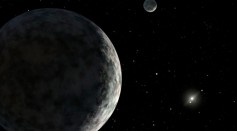
New Planets Hiding In the Shadow of Pluto

New Study Reveals Prospective Planets Just Beyond Pluto—And There May Be More Than One

NASA Researchers Bring Exoplanets to Life in Kepler Style

Alien Earth with Red Sun Discovered Close to Home
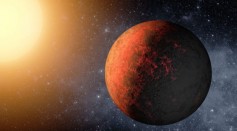
In Search of Life, Researchers Find Perfect Recipe for Earth-like Planets
Most Popular

How Technology Is Changing the Real Estate Industry?

Nikolay Karpenko Biography, Photo, Career, Accomplishments

How a Plant-Based Diet Can Protect Against Breast Cancer: Insights from Nutrition Research

The Role of AI in the Next Generation of Logistics: Insights from Tobias Waldhecker

